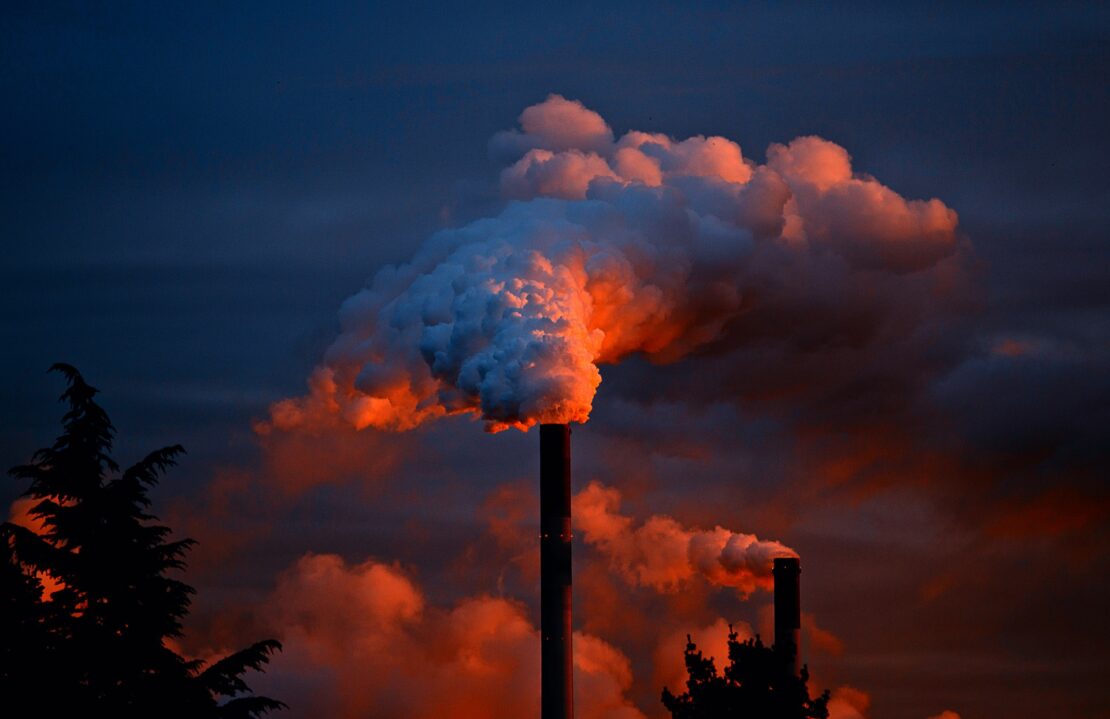You’d probably never guess what the world’s biggest killer is.
It’s not heart disease… Or cancer… Or malaria… Or war.
It’s not even COVID-19.
A study in the journal The Lancet found that pollution causes an estimated 9 million premature deaths a year. That’s 15 times more than all wars and terrorism combined.
It’s eight times more than COVID-19.[1]
It’s three times more than malaria, AIDS, and tuberculosis combined.
And while heart disease and cancer are often cited as the world’s leading killers, pollution is often the root cause behind both of them, according to the study.
Pollution has gotten so bad, the study concludes it “threatens the continuing survival of the human species.”[2]
Pollution now causes one in every six deaths worldwide.
The majority of these deaths occur in poorer, densely populated countries like India, China, and Bangladesh. But pollution is also a major killer in the U.S.
The study found that dirty air, water, and soil killed 155,155 Americans in 2015. That makes it the third-leading cause of death behind cancer and heart disease. And pollution can be the root cause behind those illnesses.[3] [4]
Pollution comes in three basic forms: Air, water, and soil. Air pollution is by far the deadliest. Here are ways to protect yourself from all three.
Air Pollution
In the U.S., we are threatened less by smoke-belching factories and car exhaust than by pollution inside our homes and workplaces. Indoor air pollution in our country is two to five times worse than outdoor pollution, according to the Environmental Protection Agency.
And the average American spends 87% of their time inside buildings.
This makes indoor air quality a crucial health factor.
Indoor pollution comes primarily from off-gassing of chemicals in carpeting, electronics, paints, plastics, and furniture.[5]
Your best defense is an air purifier. They can reduce indoor air pollution by 82%.
The most convenient way to clean indoor air is to add a HEPA (high efficiency particulate air) filter system to your furnace and/or air conditioning system.
You can also buy stand-alone filters, which are less costly than whole-house systems.
Here’s a guide to help you chose the best air purifier.
Another great strategy is to add houseplants. Here are nine species with a proven ability to detoxify indoor air:[6]
- Aloe vera. This plant can help rid your home of formaldehyde, a carcinogen released by new furniture and flooring. (You can also use it to treat sunburns).
- Areca palm. An air-cleaning superstar. It removes almost all indoor air toxins.
- Lady palm. A great overall air detoxifier. It has been shown to be especially powerful in ridding your home of cancer-causing chemicals.
- Rubber plant. This easy-to-grow plant gets rid of formaldehyde.
- Corn plant. Also known as dracaena. If you have a smoker in the house, this is the plant for you. It clears cigarette smoke carcinogens such as benzene.
- Dwarf date palm. It helps remove xylene, which is found in paints, solvents, and adhesives.
- Chrysanthemums. These beauties are great for cutting levels of formaldehyde, benzene, and ammonia.
- Spider plant. Easy to grow and maintain, this plant helps eliminate carbon monoxide.
- Peace lily. It lowers levels of acetone, benzene, and formaldehyde. Warning: This is bad choice if you have cats or dogs. Peace lilies are toxic to them.
Water Pollution
The lead contamination crisis in Flint, Michigan, made big headlines. But Flint is far from the only American city with a problem.
Nearly 77 million Americans live in places where water systems were in violation of safety regulations. Pollutants include lead, arsenic, pharmaceutical drugs, and a host of carcinogenic chemicals.[7] [8]
Drinking bottled water does not protect you. It usually comes from municipal water supplies. There’s no guarantee it won’t be just as contaminated as tap water.
The best way to protect yourself and your family is to filter your water. The least expensive option is a carbon filter that fits atop a pitcher. It will remove some—but not all—pollutants.
The most effective filters combine carbon filtration with reverse osmosis. These systems fit under the sink. They remove most contaminants and cost around $200.
No matter which filter system you choose, check the manufacturer specifications to make sure it will block pharmaceuticals.[9]
Land Pollution
Land pollution affects us most in the food we eat. Over the years, farm soil has become impregnated with pesticides, herbicides, and fungicides.
The best way to protect yourself is to eat organic meats and produce.
When you do eat non-organic fruits and vegetables, be sure to wash them thoroughly. That means doing more than giving them a quick rinse.
Instead, soak them in a sink or bowl of water for about 10 minutes with a tablespoon of baking soda. Then rinse under running water while rubbing the outside of the produce with your hands.
Dirty air, water, and land not destroy the environment, they can wreck your health. Protect yourself by making sure what you breathe, eat, and drink is clean and natural.
Editor’s Note: Unlike much of the mainstream media, we don’t accept advertising from Big Pharma. That’s why you can count on us for unbiased medical information. Our only motivation is your good health.
Our monthly journal Independent Healing brings you important, science-based health news you won’t find anywhere else. To subscribe, go HERE.
Related Articles
One Food Protects Your Brain From Air Pollution
Why Lead Poisoning May Be Causing Your Unexplained Health Problems
The Invisible Toxin That’s Damaging Your Heart
[1] https://ourworldindata.org/covid-deaths
[2] https://www.usatoday.com/story/news/2017/10/20/study-global-pollution-worlds-biggest-killer-and-threat-survival-mankind/783321001/
[3]http://www.thelancet.com/commissions/pollution-and-health
[4] https://www.cdc.gov/nchs/fastats/leading-causes-of-death.htm
[5] http://www.care2.com/greenliving/7-sources-of-indoor-air-pollution.html
[6] https://www.institutefornaturalhealing.com/2016/07/top-10-best-houseplants-for-purifying-indoor-air/
[7] https://www.nytimes.com/2017/05/04/us/tapwater-drinking-water-study.html?_r=0
[8] https://www.institutefornaturalhealing.com/2017/07/13-states-potent-carcinogen-water-supply/
[9] https://www.institutefornaturalhealing.com/2017/05/tap-water-likely-contains-least-8-drugs/

